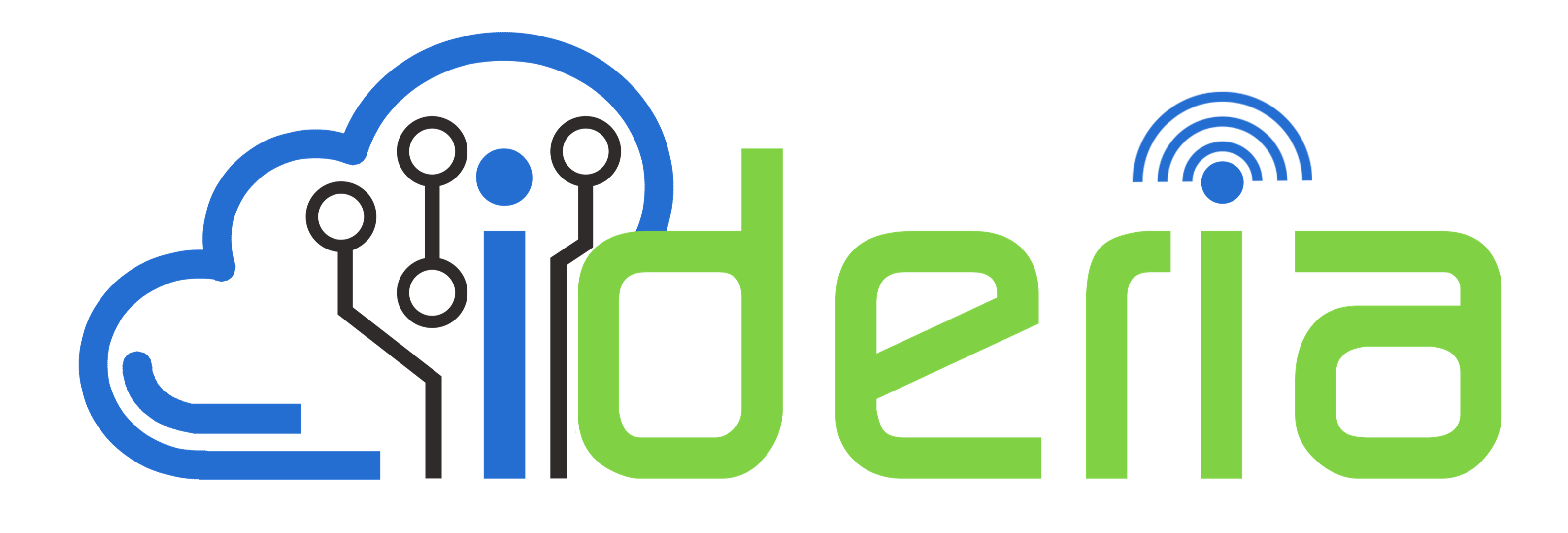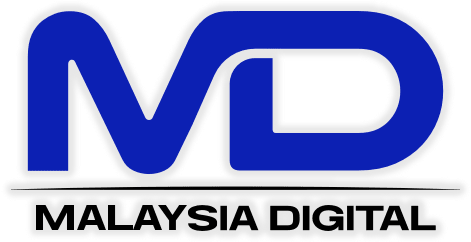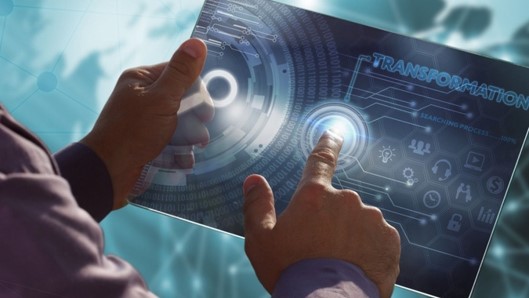Our Solution
iTrack your IR4.0
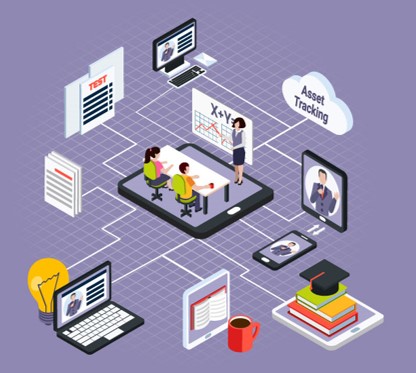
Smart Asset Tracking
The Internet of Things commonly referred to as IoT is a system of interconnected devices and sensors that collect and share data about their surroundings. IoT solutions utilize both cloud computing and edge computing to gather data from connected devices and then send it to the cloud for storage and analysis. IoT technologies are used to track and manage everything from industrial machinery and consumer electronics to home automation and smart buildings, and they are having a major impact on businesses across a wide range of industries. By collecting real-time data from connected IoT devices, businesses can gain insights into their operations and make better-informed decisions. Industrial IoT technologies can also help businesses to automate tasks and improve efficiency using IoT device management.
Manpower Tracking
Industry 4.0 technologies enable the collection of vast amounts of data related to workforce activities. This data includes information about employee productivity, movement patterns, task completion times, and overall efficiency. Analyzing this data provides valuable insights that can be used to enhance productivity and make data-driven decisions related to workforce management. IoT devices and sensors can be integrated into the workplace environment to monitor employees in real time. Wearable devices, RFID tags, and other sensors can track the location and movements of employees within the facility. Real-time monitoring allows businesses to respond promptly to changing conditions, allocate resources efficiently, and optimize workflow.
Material tracking
IoT sensors and RFID tags can be attached to materials, products, and containers, providing real-time visibility into their location and status. This real-time data enables manufacturers and supply chain managers to monitor the movement of materials at every stage of the production and distribution processes. IR4.0 technologies enable end-to-end traceability of materials, allowing businesses to track the origin, processing, and distribution of materials and products. This traceability is crucial in industries such as food, pharmaceuticals, and electronics, where tracking the entire lifecycle of products is essential for compliance, quality control, and safety.
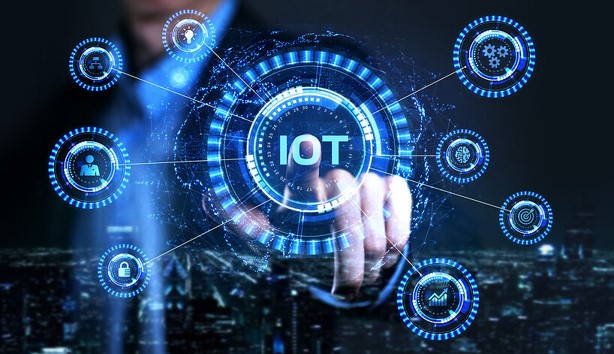
Horizontal and Vertical System Integration
Horizontal and vertical integration has been called the “backbone of Industry 4.0.” The premise of horizontal and vertical system integration is connectedness and visibility. This could mean either within a single organization or outside of it with industry partners. Machines and companies are constantly communicating and sharing data, helping to achieve deeper analysis opportunities, greater transparency, and increased efficiency for all.
Efficient Resource Utilization
Asset tracking allows you to know the exact location and quantity of each item in your warehouse. This information helps in optimizing storage space and prevents overstocking or stockouts. It ensures that resources are utilized efficiently and reduces wastage.
Improved Productivity
With asset tracking, employees can quickly locate items in the warehouse without wasting time searching. This efficiency improves overall productivity as tasks can be completed faster and with fewer errors.
Asset Maintenance
For warehouses with equipment and machinery, asset tracking helps in scheduling timely maintenance and repairs. This proactive approach reduces downtime and ensures that equipment operates efficiently, saving costs in the long run.
